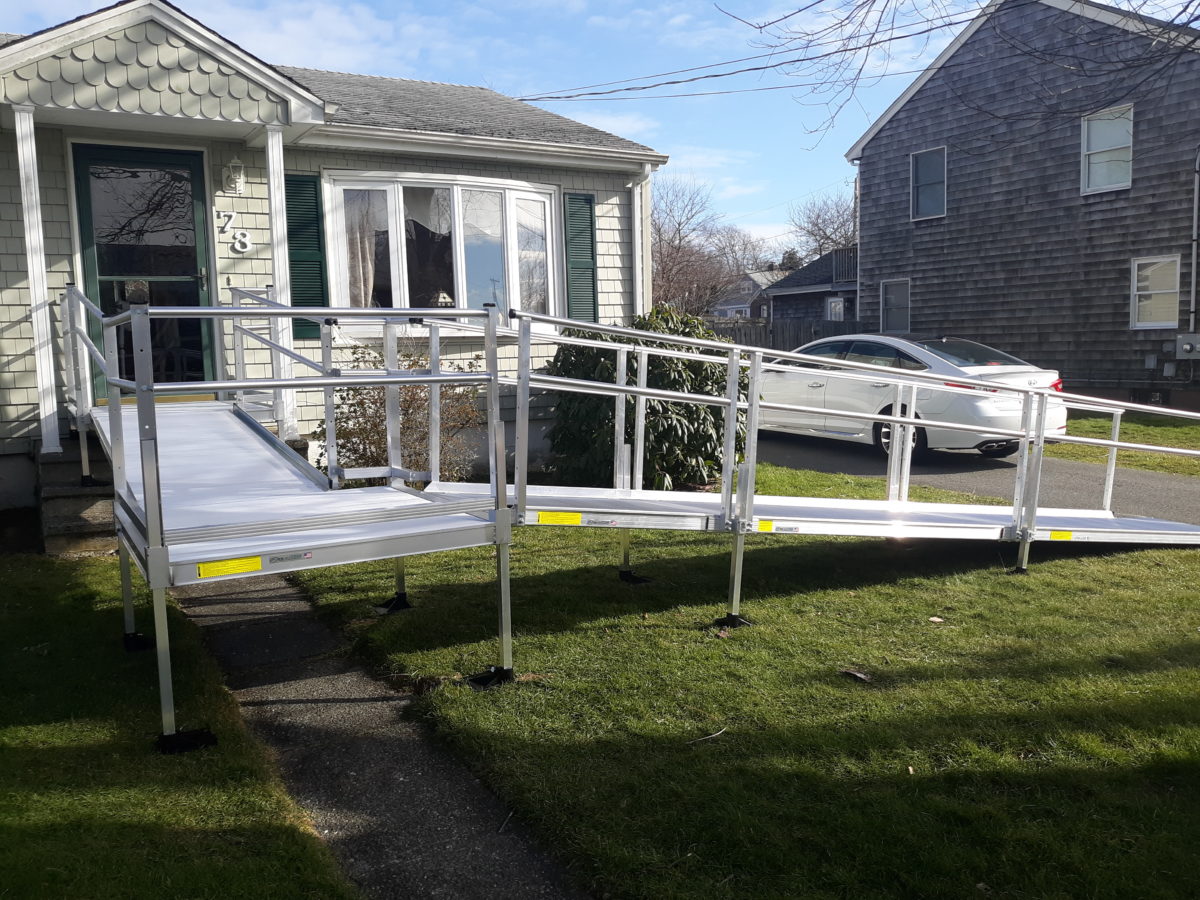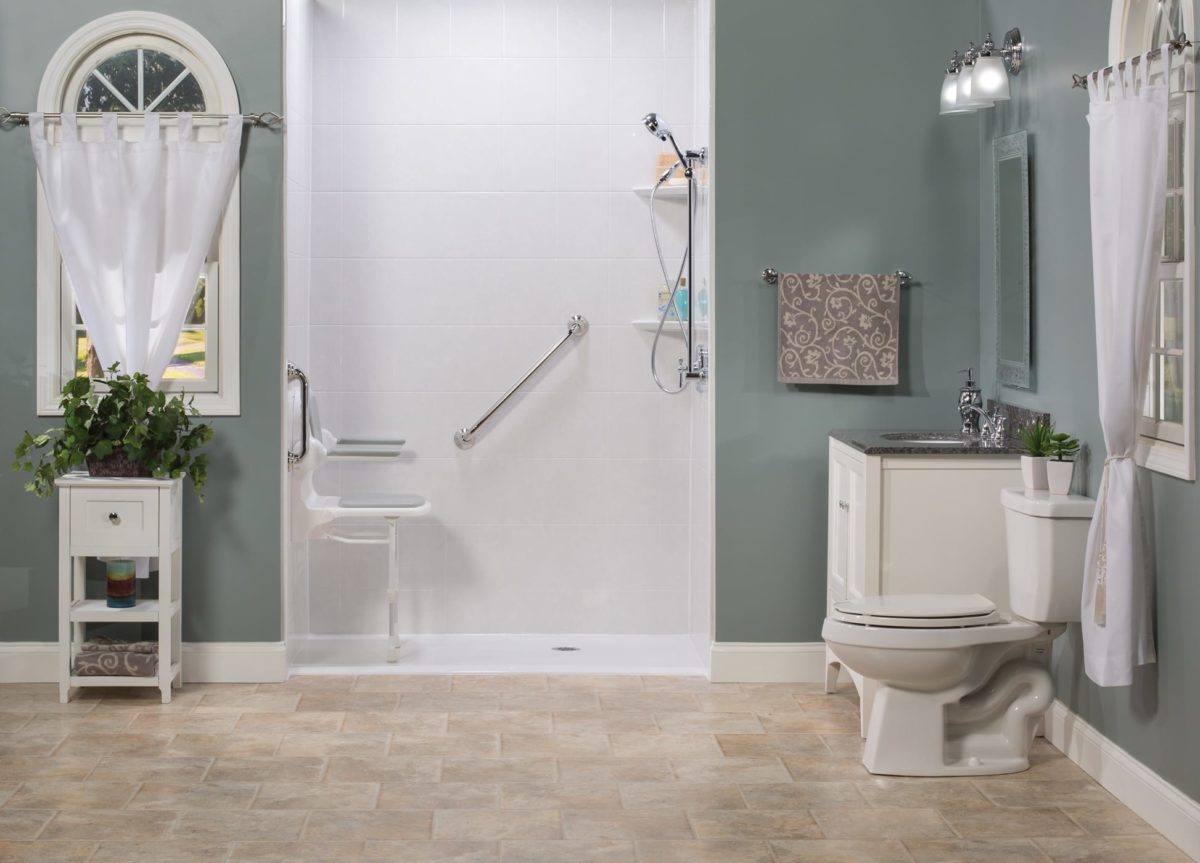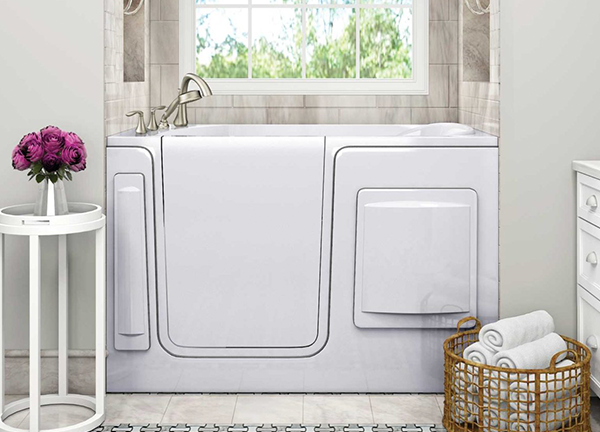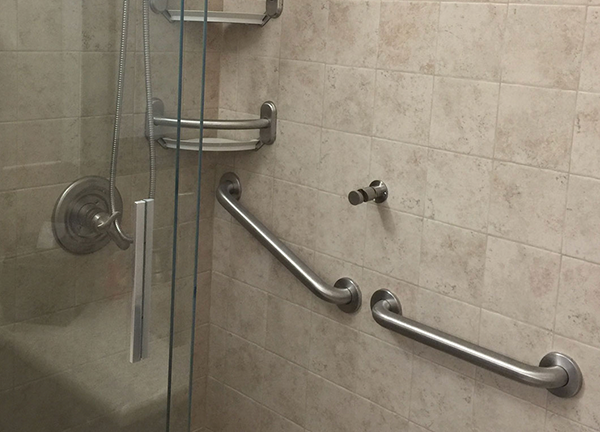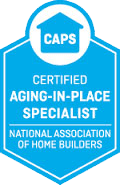Living with Parkinson’s disease presents a unique set of challenges that can affect every aspect of daily life, from simple tasks like getting dressed to more complex activities such as meal preparation and personal hygiene. For both individuals diagnosed with Parkinson’s and the loved ones who care for them, creating a safe and accessible home environment is a significant step towards managing the disease’s impact on everyday living.
With a growing focus on improving the quality of life for those with reduced mobility, companies like Home Mobility Pros have emerged as leaders in making homes more accessible. Understanding the need to address the practicalities of home renovations, Home Mobility Pros uses our expertise to provide essential tips and insights, catering to the needs of Parkinson’s patients and their caregivers.
Understanding Parkinson’s Disease
Parkinson’s is a neurodegenerative disorder that primarily affects a person’s movements, often characterized by tremors, bradykinesia (slowness of movement), stiffness, and postural instability. These symptoms, while managing with medications and therapy, can’t always be fully controlled and can make home tasks difficult.
In the context of the home environment, these symptoms manifest in various ways, such as challenges with walking, balancing, reaching high or low, gripping objects firmly, and even navigating smaller spaces. The impact extends beyond physical limitations; it can also cause frustration, anxiety, and stress. For those with the condition, home should be a sanctuary, not an obstacle course.
Essential Home Modifications for Parkinson’s
Adapting the home for Parkinson’s starts with understanding the specific needs of the individual. Here are some essential modifications that can significantly enhance practicality and safety:
Bathroom Upgrades
Walk-in bathtub or shower: Designed to significantly reduce the risk of falls by providing easy access, walk-in bathtubs or showers are essential for ensuring safety in the bathroom. Their low-threshold entry allows for easy entrance and exit.
Grab bars and handrails: These are positioned strategically around the bathroom and potentially other areas of the home to offer support where it’s most needed. Whether it’s in the shower, beside the toilet, or in other critical areas, grab bars and handrails can prevent slips and falls by providing something sturdy to hold onto.
Slip-resistant flooring: Implementing coatings or placing mats designed to prevent skidding on wet surfaces can greatly decrease the likelihood of accidents. Slip-resistant flooring is crucial in maintaining a safe environment in the bathroom and other areas prone to moisture, such as kitchens and entryways.
Kitchen Changes
Lowered countertops and cabinets: This modification is crucial for providing easier access to kitchen essentials, particularly for individuals who might find excessive reaching or bending challenging. It helps in creating a more accessible and comfortable kitchen environment.
Lever-handle faucets: By replacing traditional twist knobs with lever-handle faucets, the process of turning water on and off becomes significantly simplified. This design is especially beneficial for people with limited hand strength or dexterity, making daily kitchen tasks more manageable.
Appliances designed for ease of use: This includes appliances such as front-loading washers, which eliminate the need to bend over when loading or unloading laundry; revolving microwaves that make it easier to insert and remove dishes; and pots with two handles, offering more stability and ease of lifting. These appliances are designed with the user’s convenience and safety in mind, making the kitchen a more accessible space for everyone.
Living Area Adjustments
Open floor plan: Offers greater space for movement and minimizes the number of corners, making navigation through the area smoother and more accessible.
Non-slip flooring: Essential for minimizing the risk of slips and falls, providing a safer environment for everyone, especially in areas prone to wetness or spills.
Organizational systems: Implementing clear, easy-to-read labels and efficient organizational systems ensures that items can be easily located and retrieved, reducing frustration and saving time.
Bedroom Modifications
Bed height adjustment: This involves ensuring the bed is set at an optimal height, which facilitates easier and safer transfers in and out of bed. The ideal height can vary depending on the individual’s physical condition and mobility levels.
Supportive bedding and seating: It is crucial to have comfortable yet firm mattresses and chairs that offer the right amount of support for sitting and lying down. This support helps in maintaining proper posture and reducing the risk of muscle strains during movement.
Increased lighting: Implementing adequate lighting solutions throughout the living space, especially in areas leading to the bathroom, is essential to prevent falls during nighttime. Well-lit spaces can significantly reduce the risk of accidents for individuals making trips to the bathroom in the dark.
Services and Technologies for Enhanced Accessibility
In the quest for creating accessible homes, several professional services and advanced technologies can be leveraged to ease the burden of adaptive living.
Professional Services
-
- Home assessment: Skilled experts conduct a thorough audit of living spaces to meticulously identify critical areas that require adjustment, ensuring the environment is optimally tailored for accessibility needs.
- Installation of accessibility solutions: Highly trained professional contractors are equipped to safely install a variety of accessibility solutions, including grab bars, ramps, stairlifts, and more, all designed to enhance the safety and mobility within the home.
- Rental of home medical equipment: From commodes to specialized beds, temporary equipment can be invaluable after hospitalization or during recovery periods.
Innovative Technologies
-
- Smart home integration: Voice-activated controls, automated lighting, and temperature adjustments can make life simpler.
- Wearable devices: Smartwatches and bands that provide feedback on gait and balance can help prevent falls.
- Personal emergency response systems (PERS): Subscriptions to services which connect the individual to a live operator in case of emergency.
How Home Mobility Pros Can Help
At Home Mobility Pros, we take a collaborative approach to each project. Our seasoned team works closely with you, focusing on your unique circumstances and tailoring solutions to your needs. We offer comprehensive services, from in-home consultations to the installation of recommended accessibility features.
Our team at Home Mobility Pros understands that the goal is more than just modifying a house; it’s about transforming a space into one that supports independence and peace of mind. We can assist with everything from simple installations, like handrails and chairlifts, to complete kitchen and bathroom remodels.
Adapting Homes for Parkinson’s: Tips and Services for Better Accessibility
Designing a home for the needs of those with Parkinson’s necessitates attention to detail. It’s not simply about compliance with accessible design standards; it’s about thoughtful adjustments that enhance the individual’s sense of control and agency.
A home that complements a Parkinson’s patient’s lifestyle can significantly improve their daily comfort and quality of life. The collaboration between those living with the condition, their caregivers, and specialists like Home Mobility Pros is essential in ensuring safe and effective home modifications.
We invite you to take the steps necessary, whether small adjustments or larger renovations, to create an environment that fosters independence and well-being. If you have questions or require further advice, don’t hesitate to reach out to Home Mobility Pros for personalized assistance. Our team is here to help you make your home the safest and most accessible it can be. Let’s work together in creating an environment that allows individuals with Parkinson’s to live confidently and comfortably.


